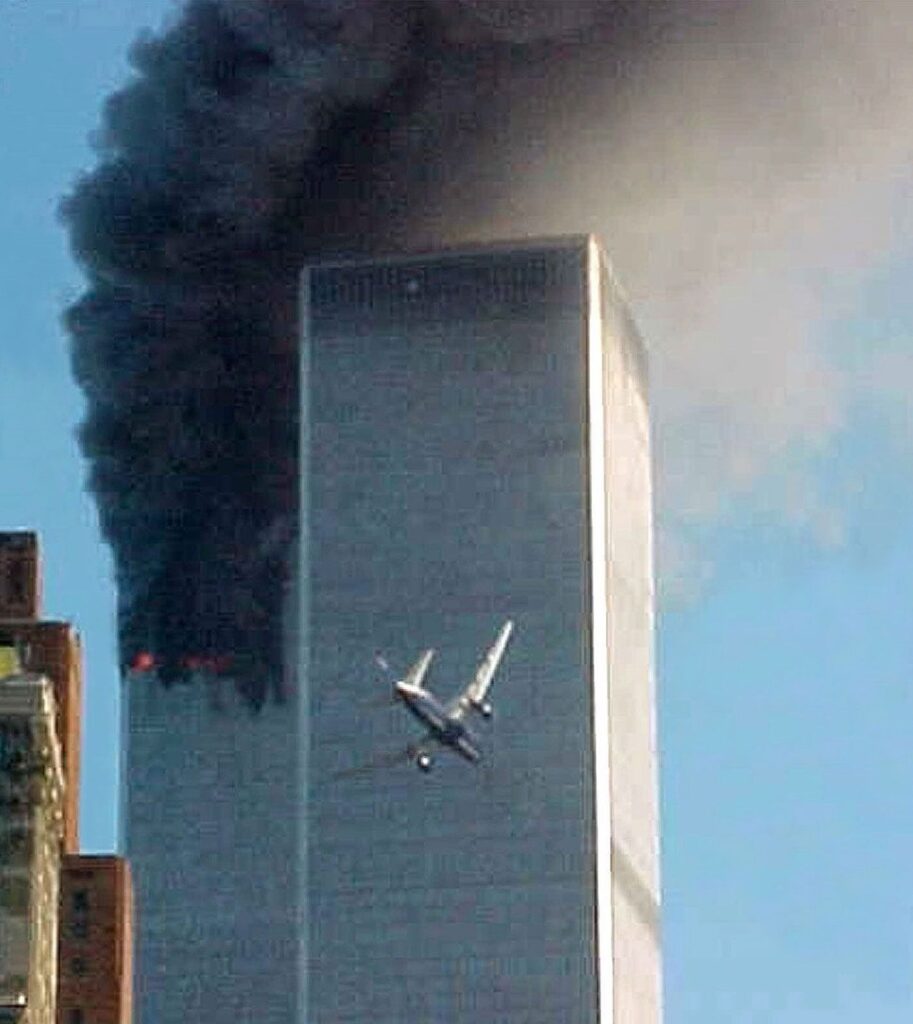“Why Did Schools Show 9/11 Live? The Shocking Truth Inside!”
Why Teachers Put 9/11 Coverage on TV for Students?
The Unprecedented Nature of the Attack
Immediate Shock and Need for Information
During the events of September 11, 2001, the immediate reaction was one of shock and confusion. Many teachers, much like the general public, were unprepared for such a catastrophic event.
The initial news of the first plane hitting the World Trade Center led many to believe it was a tragic accident. When the second plane hit, it became clear that this was a deliberate attack.

The urgency to understand what was happening and the unfolding historical significance drove many educators to turn on the television. This need for real-time information in a pre-social media era was paramount, as television was the most immediate source of news available.
Historical Context and Educational Justification
Teachers also recognized the historical significance of the events as they unfolded. Much like the Challenger disaster, where classrooms were tuned in to witness a space shuttle launch that ended in tragedy, the attacks of 9/11 were seen as a pivotal moment in history.

Educators felt it was important for students to witness these events firsthand, understanding that they would likely be discussing them for years to come. This immediate exposure was thought to provide a visceral, impactful lesson in contemporary history and current events.
Technological Limitations and Media Consumption
Pre-Social Media Information Distribution
In 2001, the internet was not the omnipresent force it is today. Social media platforms did not exist to disseminate information quickly and widely. Instead, television was the primary medium for breaking news.
Teachers, like everyone else, relied on TV for the most up-to-date information. This reliance on television for real-time updates meant that turning on the news was a natural reaction to a developing situation of such magnitude.
The Role of 24-Hour News Channels
The concept of 24-hour news was relatively new at the time. Channels like CNN provided continuous coverage, allowing people to follow events as they unfolded. For many teachers, this was a novel and compelling way to keep up with the rapidly changing situation.
The ability to access immediate and continuous news coverage was a powerful tool, and many educators felt compelled to utilize it to stay informed and keep their students informed.
Psychological and Emotional Impact
Shared Experience and Community Support
One of the key reasons teachers may have chosen to show the coverage was the shared experience it provided. Watching the events together allowed students and teachers to support each other through the shock and confusion.
This communal viewing created a sense of solidarity and provided an immediate support network as everyone tried to process the unfolding tragedy. It was a way to address the fear and uncertainty that permeated the atmosphere collectively.
Understanding the Magnitude of the Event
Teachers also believed that witnessing the events live would help students grasp the gravity of the situation. By seeing the images and hearing the reports firsthand, students could better understand the impact of the attacks.
This real-time exposure was thought to foster a deeper emotional and intellectual comprehension of the events, which was seen as crucial for their overall education and awareness.
Ethical Considerations and Retrospective Analysis
Protection Versus Exposure
In retrospect, the decision to show live coverage of 9/11 in classrooms has been debated. Some argue that it was inappropriate to expose children to such graphic and traumatic events without prior knowledge of what they would see. However, at the time, many educators felt that shielding students from the news was less important than ensuring they were informed and aware of the significant historical event occurring.
The balance between protecting students from potential trauma and ensuring they were educated about real-world events was a difficult one to navigate.
Long-Term Educational Impact
The long-term educational impact of witnessing 9/11 coverage live in classrooms is still being evaluated. Some students have reported that it was a formative experience, providing a clear understanding of the world and the complexities of global politics and terrorism. Others have expressed that it was a deeply distressing event to witness at a young age.
The mixed responses highlight the complexity of the decision teachers faced in real-time, with no clear guidelines on how to handle such an unprecedented situation.
Frequently Asked Questions –
Q1: Why did some teachers choose not to show the coverage of 9/11?
A1: Some teachers may have decided against showing the coverage due to concerns about the emotional and psychological impact on their students. They might have believed that it was inappropriate to expose young children to such graphic and traumatic events without prior warning or preparation.
Q2: How did the lack of social media influence the decision to show 9/11 coverage in classrooms?
A2: The absence of social media meant that television was the primary source of real-time information. Teachers relied on TV for the latest news, and in the chaos of the moment, turning on the television was the quickest way to stay informed and understand the unfolding events.
Q3: What lessons have educators learned from the decision to show 9/11 live coverage in classrooms?
A3: Educators have learned the importance of balancing the need to inform students about significant historical events with the need to protect them from potential trauma. This experience has highlighted the necessity for clear guidelines and training on how to handle real-time crises in educational settings.


